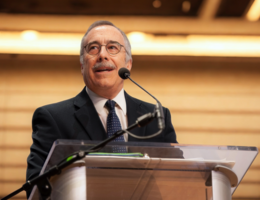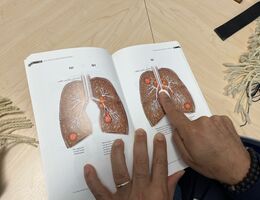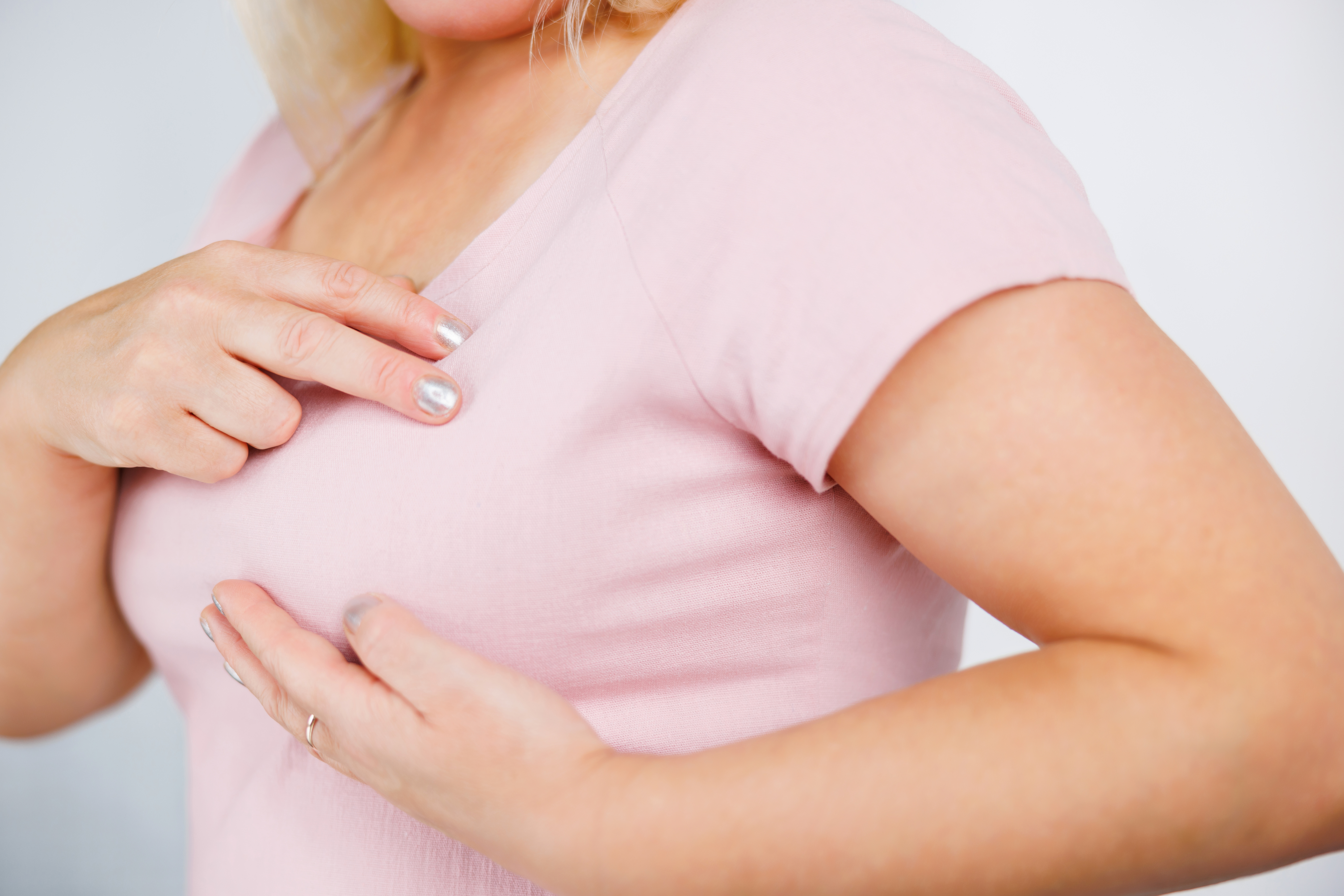
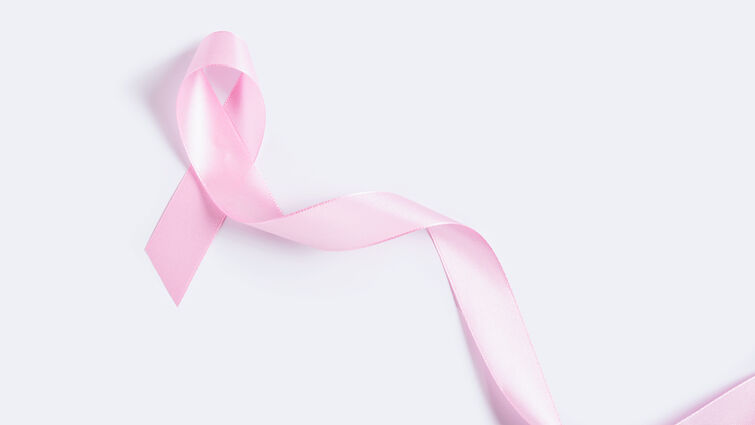
Medical oncologist debunks common misconceptions about breast cancer.
About 1 in 8 women in the United States will receive a breast cancer diagnosis in their lifetime, according to the American Cancer Society. Despite advances in research, misconceptions about the disease remain.
During Breast Cancer Awareness Month, Ami Patel, MD, medical oncologist at Loma Linda University Cancer Center, debunks common myths surrounding the disease.
Myth: You can only develop breast cancer if you have a family history of breast cancer
FACT: Most people diagnosed with breast cancer have no family history of the disease.
According to Patel, family history of breast cancer is not a mandatory factor, nor is it the only risk factor for developing breast cancer. “Roughly 85% of the patients I treat have no family history of breast cancer,” Patel says.
While a family history of breast cancer increases the risk of developing breast cancer, it is not an indication that someone will develop breast cancer.
This risk, however, increases in individuals who have BRCA1 (BReast CAncer gene 1) or BRCA2 (BReast CAncer gene 2) gene mutations. These genes are responsible for repairing damaged DNA, and mutations in these genes can increase the risk of developing breast cancer by 40-60%.
Myth: Breast cancer only occurs in women
FACT: Since men have breast tissue, they are also at risk for developing breast cancer.
Factors that increase this risk include BRCA mutations, estrogen hormone imbalances, high radiation exposure, and old age, as it is more common in those 60-70 years of age.
As for the prevalence of breast cancer cases in men, Patel says, “It typically accounts for less than 1% of all breast cancer cases.”
Myth: Breast cancer is always a lump
FACT: Lumps are the most common symptom, but there are other ways breast cancer can present itself.
When conducting a breast self-exam (BSE), Patel advises keeping an eye out for any unusual dimpling or puckering of the skin. “When cancer starts to develop and starts to affect the skin, it will clog the lymphatics and pull the skin in,” Patel says. “The skin will look puckered, resembling an insect bite or even an orange peel.”

Breast cancer can also cause changes in the nipple, including nipple inversion and/or nipple discharge.
It’s important to note that not all these symptoms are telltale signs of breast cancer, including lumps, but they deserve an appropriate investigation by a healthcare provider. “Never ignore these symptoms”, Patel cautions.
Myth: Bras can cause breast cancer
FACT: There is no credible scientific evidence that links wearing a bra to an increased risk of breast cancer.
Patel explained that this misconception falsely attributes metal wires in bras to an increased risk of developing breast cancer.
“We are living in a metallic world,” Patel says, “If metal actually caused cancer, we would see this in patients that have metal prosthesis, implants, etc., but we don’t.”
Myth: Antiperspirants increase the risk of breast cancer
FACT: There is no strong scientific evidence that supports this claim.
This myth involves speculations that antiperspirants prevent toxin release, which can increase the risk of developing breast cancer. However, this is a total myth as sweating is not how the body rids itself of toxins; that’s the purpose of the kidneys and liver.

Still, Patel urges her patients to do more research on what exactly is in their personal care products. Certain chemicals commonly found in cosmetics and personal care products, like formaldehydes, parabens, and phthalates, have been linked to an increased risk of developing cancer.
Other myths
MYTH: All breast cancer cases result in a mastectomy or total mastectomy.
FACT: Treatment for breast cancer is not limited to mastectomies. Other common treatments include lumpectomies, systemic therapies such as chemotherapy and immunotherapy, and radiation.
MYTH: Breast implants increase the risk of developing breast cancer.
FACT: There is a slightly increased risk of lymphoma due to the presence of a foreign body, but there is no increased risk of developing breast cancer.
MYTH: Only older women get breast cancer.
FACT: While risk increases with age, anyone can develop breast cancer at any stage. Factors like lifestyle and family history can also increase this risk.
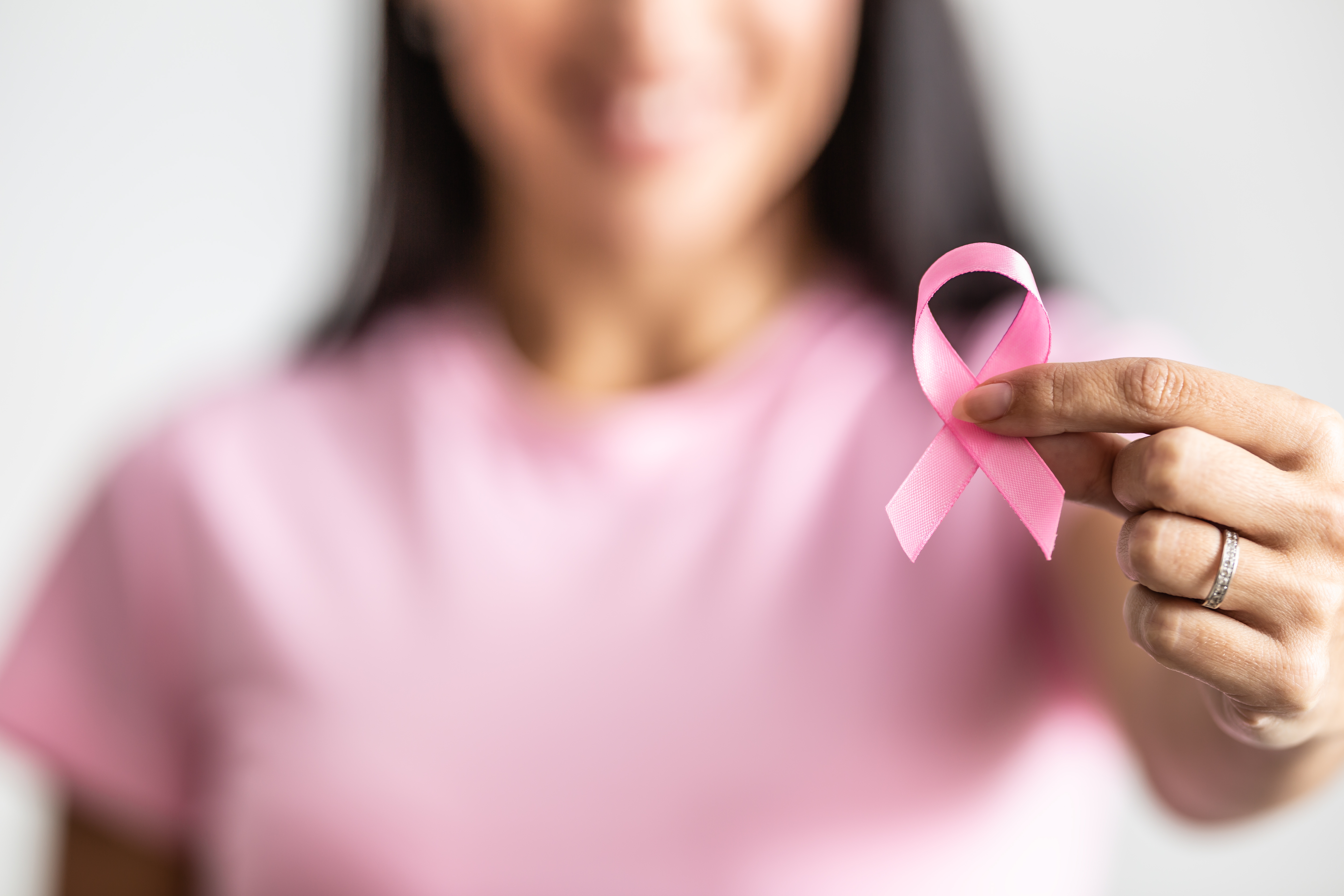
October is Breast Cancer Awareness month, and Loma Linda University Health is committed to raising awareness and supporting patients and families affected by breast cancer. For more information on breast health services, explore breast cancer care or request a breast cancer screening for you or a loved one today.

